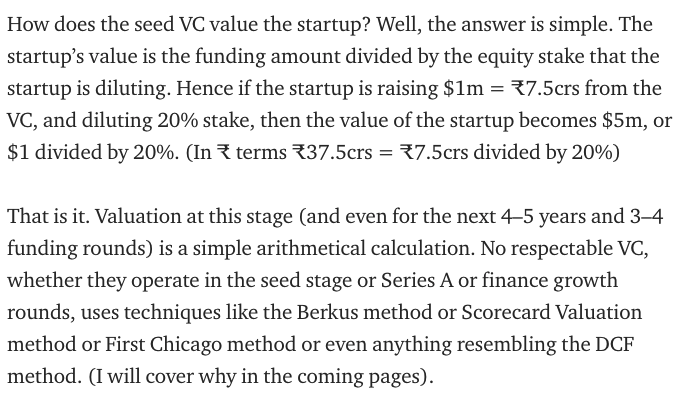
Went to binge watch Tokyo Girl for the 3rd/4th time last night, & found it is off roster. Sigh.
Somehow, this portrait of a Japanese sarariwoman through her 20s & 30s, successes & failures making her way through Tokyo, became my fave watch of '21. 🧵
primevideo.com/detail/Tokyo-G…
Somehow, this portrait of a Japanese sarariwoman through her 20s & 30s, successes & failures making her way through Tokyo, became my fave watch of '21. 🧵
primevideo.com/detail/Tokyo-G…

Thought I would watch it quickly & do a review but alas it is now gone. Will check if it is available somewhere on the interwebs.
This here is a decent summary of the plotline
riadalwani.medium.com/tokyo-girl-109…
This here is a decent summary of the plotline
riadalwani.medium.com/tokyo-girl-109…
Each episode ~22mins or so long, is named for a specific Tokyo locality which Aya, the heroine, stays in as she rises in her career - starting fm Sangenjaya (AndheriW or Malviyanagar of Tokyo) to Ebisu (Bandra / GK1) to Yoyogi Uehara (Sobo/DefCol).
The locality also becomes the prism to explore Tokyo's class divisions as well as sociological profile.
Like the man who tells Aya, who wont marry anyone who is not from Minato (likely the Golf Links / Malabar Hill of Tokyo)!
Like the man who tells Aya, who wont marry anyone who is not from Minato (likely the Golf Links / Malabar Hill of Tokyo)!
No idea why this appealed so much - perhaps the complete package of the v likeable heroine's rise, a look at Japanese society + culture, as well as corporate practices (there is a hilarious job resignation snippet) made it compelling for me.
This was my guilty pleasure of '21.
This was my guilty pleasure of '21.
Lots of love for this in the interwebs - some good links to follow
reddit.com/r/television/c…
reddit.com/r/television/c…
Here is a video review
If you are a Tokyo Girl fan or enjoyed the series, let me know!
• • •
Missing some Tweet in this thread? You can try to
force a refresh










